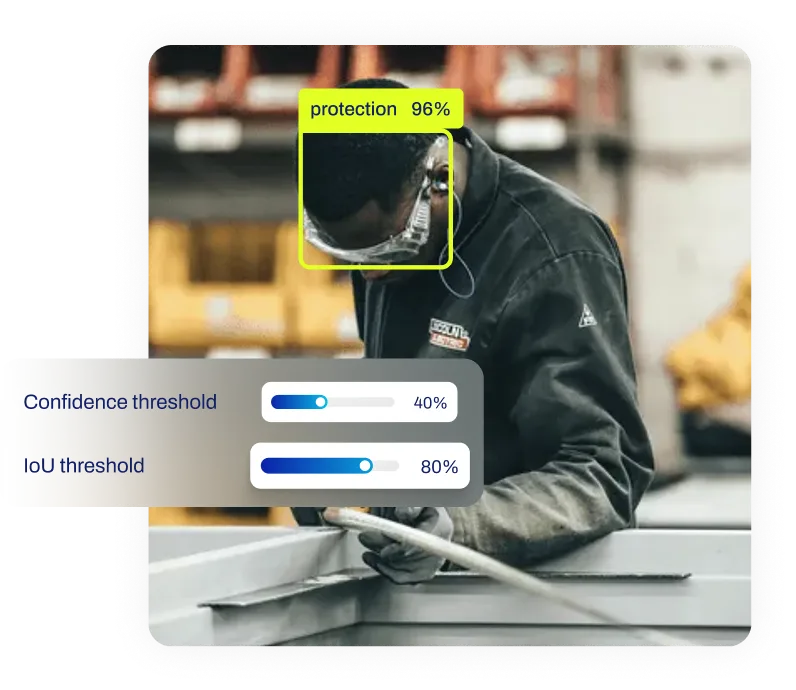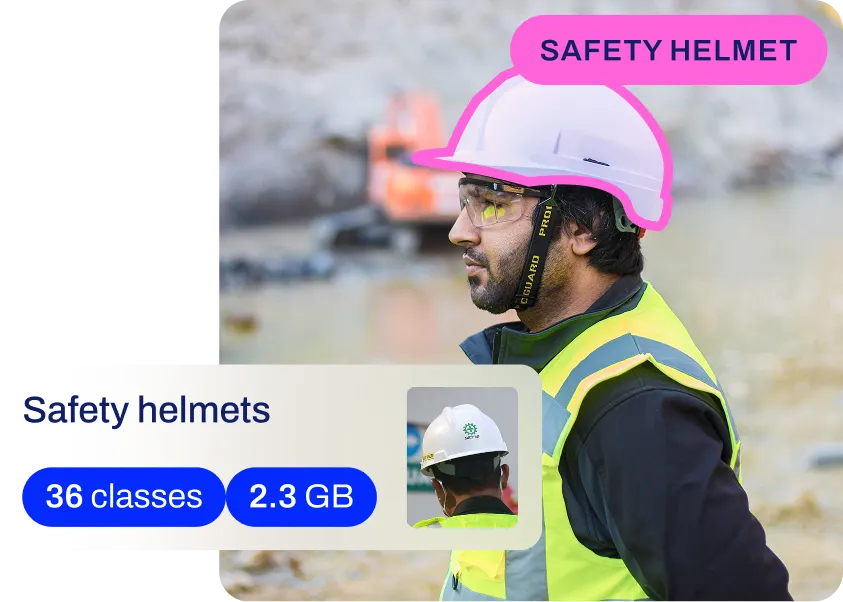Decision Tree
Discover the power of decision trees in machine learning for classification, regression, and real-world applications like healthcare and finance.
A Decision Tree is a widely used and intuitive
supervised learning algorithm that models
decisions and their possible consequences in a tree-like structure. It is a fundamental tool in
machine learning (ML) utilized for both
classification and regression tasks. The model operates by splitting a dataset into smaller subsets based on specific
feature values, creating a flowchart where each internal node represents a test on an attribute, each branch
represents the outcome of that test, and each leaf node represents a final class label or continuous value. Due to
their transparency, decision trees are highly valued in
Explainable AI (XAI), allowing data scientists
to trace the exact logic behind a prediction.
Core Mechanism and Construction
The construction of a Decision Tree involves a process called recursive partitioning. The algorithm begins with the
entire training data at the root node and selects the
most significant feature to split the data, aiming to maximize the purity of the resulting subsets. Metrics such as
Gini impurity or Information Gain (based on
entropy) are mathematically
calculated to determine the optimal split at each step.
The process continues until a stopping criterion is met, such as reaching a maximum depth or when a node contains a
minimum number of samples. While powerful, single decision trees are prone to
overfitting, where the model learns noise in the
training data rather than the signal. Techniques like
model pruning are often applied to remove unnecessary
branches and improve the model's ability to generalize to unseen
test data.
Real-World Applications
Decision Trees are ubiquitous in industries requiring rule-based decision-making and clear audit trails.
-
Financial Risk Assessment: In the
financial sector, institutions use decision trees to evaluate creditworthiness. By analyzing features such as income, employment
history, and existing debt, the model creates a logic path to approve or deny loans. This application of
predictive modeling helps banks mitigate risk
while automating the underwriting process.
-
Medical Diagnosis:
AI in healthcare leverages decision trees to
support clinical decisions. A model might take patient symptoms, vital signs, and historical data as inputs to
suggest potential diagnoses. For example, a diagnostic tree could help emergency responders quickly triage patients
based on chest pain characteristics, as described in various
medical informatics research.
Comparison with Related Algorithms
It is important to distinguish the single Decision Tree from more complex
ensemble methods that utilize them as building blocks:
-
Decision Tree vs. Random Forest: A single tree is simple but can be unstable. A
Random Forest mitigates this by creating a
"forest" of multiple decision trees trained on random subsets of data and features, averaging their
results to improve accuracy and reduce variance.
-
Decision Tree vs. Gradient Boosting: Algorithms like
XGBoost build trees sequentially. Each new tree attempts
to correct the errors made by the previous ones, often resulting in superior performance for structured data
competitions compared to a standalone decision tree.
-
Decision Tree vs. Deep Learning: While decision trees excel at tabular data, they struggle with
unstructured data like images. For tasks such as
object detection, deep learning models like
YOLO11 are preferred because they use
Convolutional Neural Networks (CNNs)
to automatically extract features from raw pixels, a process that decision trees cannot perform effectively.
Implementation Example
While modern computer vision (CV) relies on deep
learning, decision trees remain a staple for analyzing the metadata or tabular outputs generated by vision models. The
following example uses the popular
Scikit-learn library to train a basic classifier.
from sklearn.datasets import load_iris
from sklearn.model_selection import train_test_split
from sklearn.tree import DecisionTreeClassifier
# Load dataset and split into training and validation sets
data = load_iris()
X_train, X_val, y_train, y_val = train_test_split(data.data, data.target, random_state=42)
# Initialize and train the Decision Tree
clf = DecisionTreeClassifier(max_depth=3, random_state=42)
clf.fit(X_train, y_train)
# Evaluate accuracy on unseen data
accuracy = clf.score(X_val, y_val)
print(f"Validation Accuracy: {accuracy:.2f}")
Relevance in the AI Ecosystem
Understanding decision trees provides a solid foundation for grasping more advanced concepts in
artificial intelligence (AI). They
represent the shift from manual rule-based systems to automated data-driven logic. In complex pipelines, a
YOLO11 model might detect objects in a video stream, while a
downstream decision tree analyzes the frequency and type of detections to trigger specific business alerts,
demonstrating how deep learning (DL) and
traditional machine learning often work in tandem during
model deployment.










.webp)